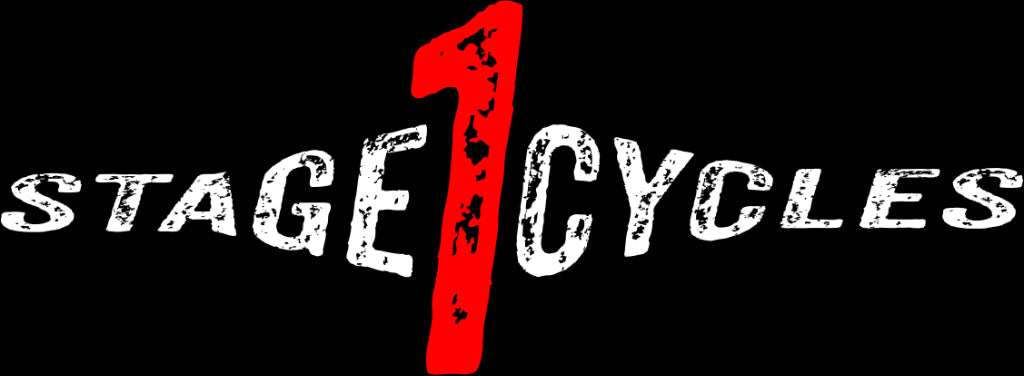Learning to ride
Can you remember the first time you rode your bike ?
Cycling is brilliant for all ages – it’s fun, great physical exercise and provides an opportunity for family adventures outside.
This New Year make the resolution to invest the time supporting someone to pedal for the first time. Whether it's a little one with their new Father Christmas bike or your partner that missed that rite of passage from their childhood. January is a perfect time to teach the skills with loads of practice time available ready for spring expeditions.

When to start?
Start children on a balance bike any time from 2yrs+. In the Netherlands they believe starting the children scooting as soon as can walk. They are normally ready to learn to pedal from 3yrs+ if they have used a balance bike. However the best time to learn is when the person wants to learn.
How long will it take?
This very much depends on the individual. Short sessions, tend to work best.
Do not overdo it or they may be put off forever! Half-an-hour is enough for young children, older ones and adults may cope with up to an hour. Remember learning to ride a bike is mentally exhausting for all ages – the brain is having to create new pathways and may need time to absorb what it’s learnt. Sometimes children are just too young to grasp the skills. Don’t panic, leave for a few weeks and it will happen.
Where to go?
Hard, level surface, rather than grass. Ideally, it should have a gentle sloping gradient. Make sure your chosen location is traffic-free. Your local park is an excellent location.
What do you need?
Appropriate clothing for the weather conditions, including correctly fitting helmet. No wellies and tight jeans. Cycling gloves or mitts, can be helpful as small hands can get sore easily.
Keep a drink and a few snacks handy to keep up enthusiasm.
Use a balance bike or take off the pedals and stabilisers off a normal bike to start with.
Make sure the rider can reach the brake levers and put the balls of their feet comfortably on the ground when seated on the saddle. Lower the saddle if necessary to the lowest setting.
How ?
Initially teach the rider to use the brakes by asking them to push the bike along while walking and squeeze both brakes gently practicing stopping.
Step 1 scooting
Get on the bike from the lefthand side by squeezing the brakes together to hold it steady, then swinging a leg over the saddle.
The rider’s weight should be on the back of the saddle.
They should sit up straight and relax their arms and hands – the handlebars are for steering, not for hanging on to!
Ask the rider to let go of the brakes and start scooting. They should use the bike like a hobby horse and push along the ground using both their feet.
Try and encourage them to keep 2 fingers on the brake levers so they can stop whenever they want.
Tell them to look up and where they want to go, rather than down at the ground
After a while, the rider should start to be encouraged to lift both legs up and coast along. This is when they are balancing the bike. They should be able to lift their feet off the ground for longer stretches each time.
Step 2 ready to pedal
Replace the pedals. Then show the rider how to get in pedal ready position. They should sit on the saddle, plant the left foot on the ground, hold the brakes and - with the right foot - hook the right pedal up into the two o’clock position (imagining the face of a clock around the pedal).
Hold on under their arms while they practise pushing off with the right pedal.
Once they are moving lightly holding the back of a person coat/jumper can help them to feel supported.
Once you feel the bike and rider are able to pedal, balance, steer and stop unaided, the magic moment has arrived when you can let go – although again, they may need you to nudge the bike to keep it moving fast enough.
Remind them to keep pedalling or the bike will stop - but ask them to stop if going too fast or about to hit something!
Top Tips
- Never use stabilisers. Any size ordinary bikes can be converted to a learner bike by removing pedals.
- Invest in a good lightweight bike (second hand options can be a cheaper alternative to new) Do not be swayed by pink, tassels, spiderman prints or an appealing price tag! Heavy cheap toy or old bikes are very difficult to use successfully.
- Be patient, stop if everyone is getting cross.
- Once the basic technique is mastered, practice and more practice makes perfect
Sources of help:
At our base in Hawes Wensleydale we offer 1:1 lessons for all ages. Sometimes receiving coaching from an instructor makes the process more successful for a nervous or reluctant rider. In addition co-ordination and cognitive difficulties may make the process more challenging and additional specialist support helpful.
We work in many schools now, delivering balance bike sessions, check with yours?
Community clubs accredited to either British Cycling or Cycling Uk may offer beginner sessions. Our Wensleydale Bike Club runs a wobbly wheeler session every Saturday 9.30am (February to October) These run alongside a Yorkshire Bank Bike Library so you don’t even need a bike to take part. Watching other children cycle is a great encouragement to even the most reluctant rider. Clubs often offer adult sessions too.
For further advice and support please contact me.
Helen Pollard
ride@stage1cycles.co.uk
Good Luck and #GetOutside.
